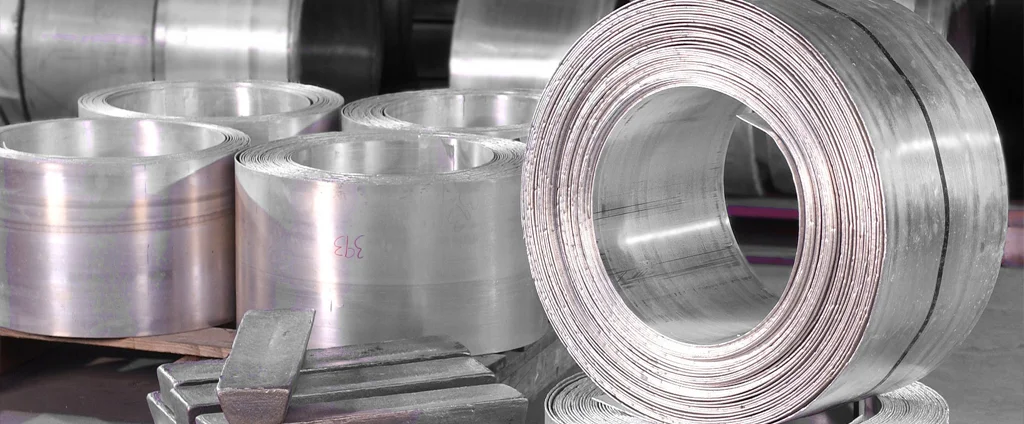Magnesium AZ80A (UNS M11800)

Magnesium AZ80A is a high-performance magnesium-aluminum-zinc alloy known for its lightweight characteristics, excellent mechanical strength, and corrosion resistance. Commonly used in aerospace, automotive, and industrial applications, AZ80A offers good machinability and castability, making it a versatile choice for weight-sensitive engineering designs.
| Chemical Composition | ||
|---|---|---|
| Element | Min | Max |
| Magnesium | 89.50% | 91.88% |
| Aluminum | 7.80% | 9.20% |
| Manganese | 0.12% | 0.50% |
| Zinc | 0.20% | 0.80% |
The following table provides a list of magnesium AZ80A properties in both SI and US customary/Imperial units.
Click on the button to switch between Metric and Imperial units.
| Mechanical Properties | Metric |
|---|---|
| Tensile Strength (Yield) | 179 MPa |
| Young’s Modulus (E) | 45 GPa |
| Elongation at Break | 2% |
| Poisson’s Ratio (ν) | 0.35 |
| Thermal Properties | Metric |
| Melting Point | 470 - 595 °C |
| Solidus | 470 °C |
| Liquidus | 595 °C |
| Thermal Conductivity | 76 W/m·K |
| Specific Heat Capacity (Cp) | 1100 J/kg·K |
| Coefficient of Thermal Expansion (αL) | 26.0 1/°C |
| Electrical Properties | Metric |
| Electrical Resistivity | 1.45×10-5 Ω·cm |
The values in this table are approximate and can vary depending on various factors such as the specific manufacturing process and heat treatment applied to the alloy.
Advantages & Disadvantages of Magnesium AZ80A
| Advantages | Disadvantages |
|---|---|
| Lightweight | Lower melting point than some other metals |
| Good strength | Higher cost compared to other alloys |
| Good castability | Limited availability |
| Corrosion resistance |
Applications of Magnesium AZ80A
Magnesium AZ80A is used across multiple industries due to its favorable strength-to-weight ratio and corrosion resistance, including:
- Automotive Components: Widely used in the automotive industry for various components. Its lightweight nature contributes to fuel efficiency and helps reduce overall vehicle weight.
- Aerospace Industry: Finds applications in the aerospace sector due to its lightweight properties. It is used in the construction of aircraft components like aircraft frames, seat frames, brackets, and interior parts, where weight reduction is critical for improving fuel efficiency and performance.
- Sporting Goods: The lightweight and high-strength characteristics make it suitable for sporting goods manufacturing. It is used in the production of bicycles, golf clubs, tennis racquets, and other sporting equipment where weight reduction and strength are essential.
- Electronics and Consumer Goods: Employed in the electronics industry for casings and housings of portable devices like laptops, tablets, and smartphones. Its lightweight nature and good mechanical properties make it an attractive choice for such applications.
- Industrial Equipment: Used in the construction of various industrial equipment, such as machinery components, tooling, and fixtures. Its high strength-to-weight ratio and good castability make it suitable for these applications.
- Medical Devices: Has gained attention in the medical field for applications such as lightweight implants, surgical instruments, and equipment. Its biocompatibility and ability to degrade over time in the body make it a promising material for medical devices.
